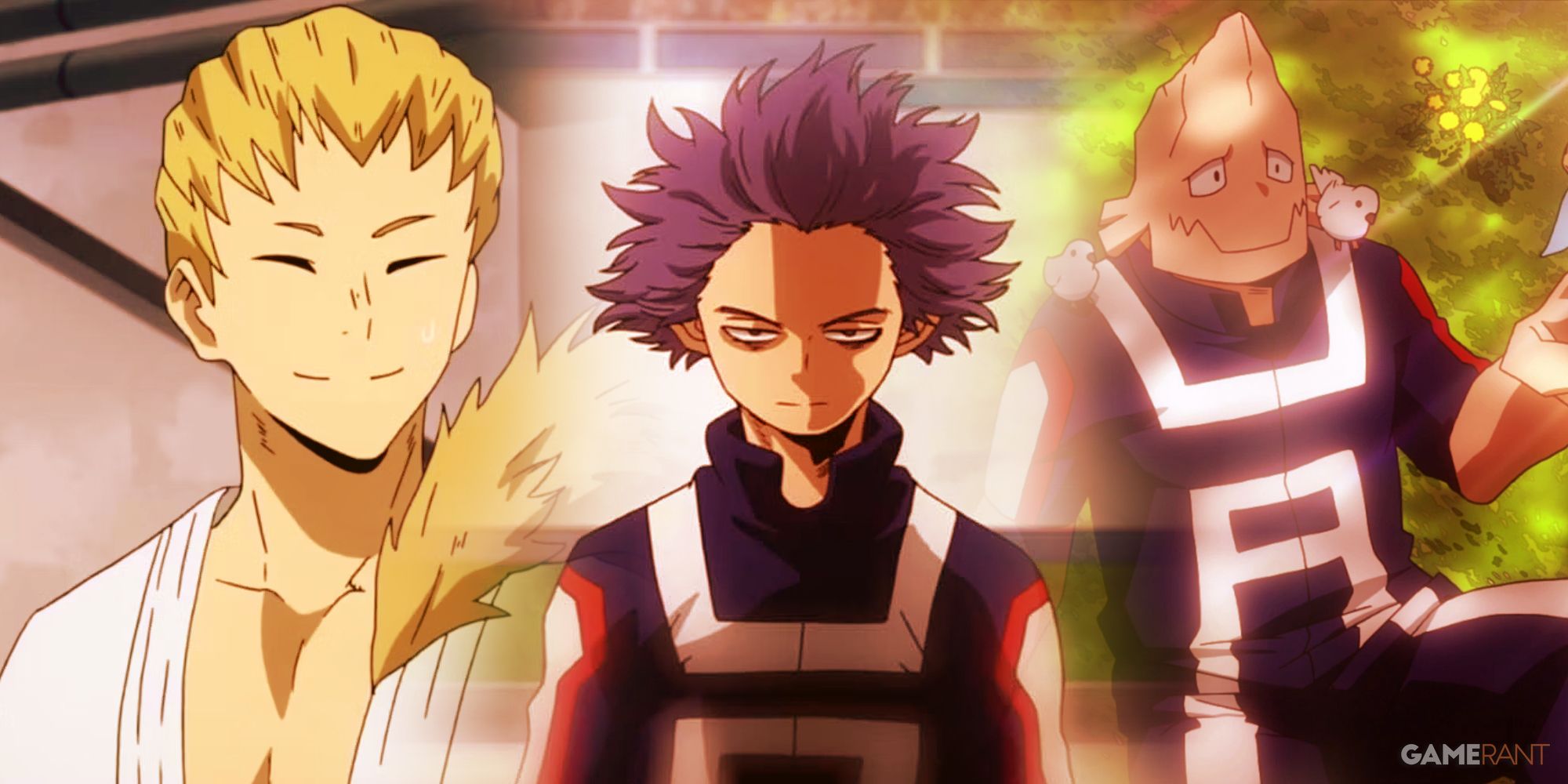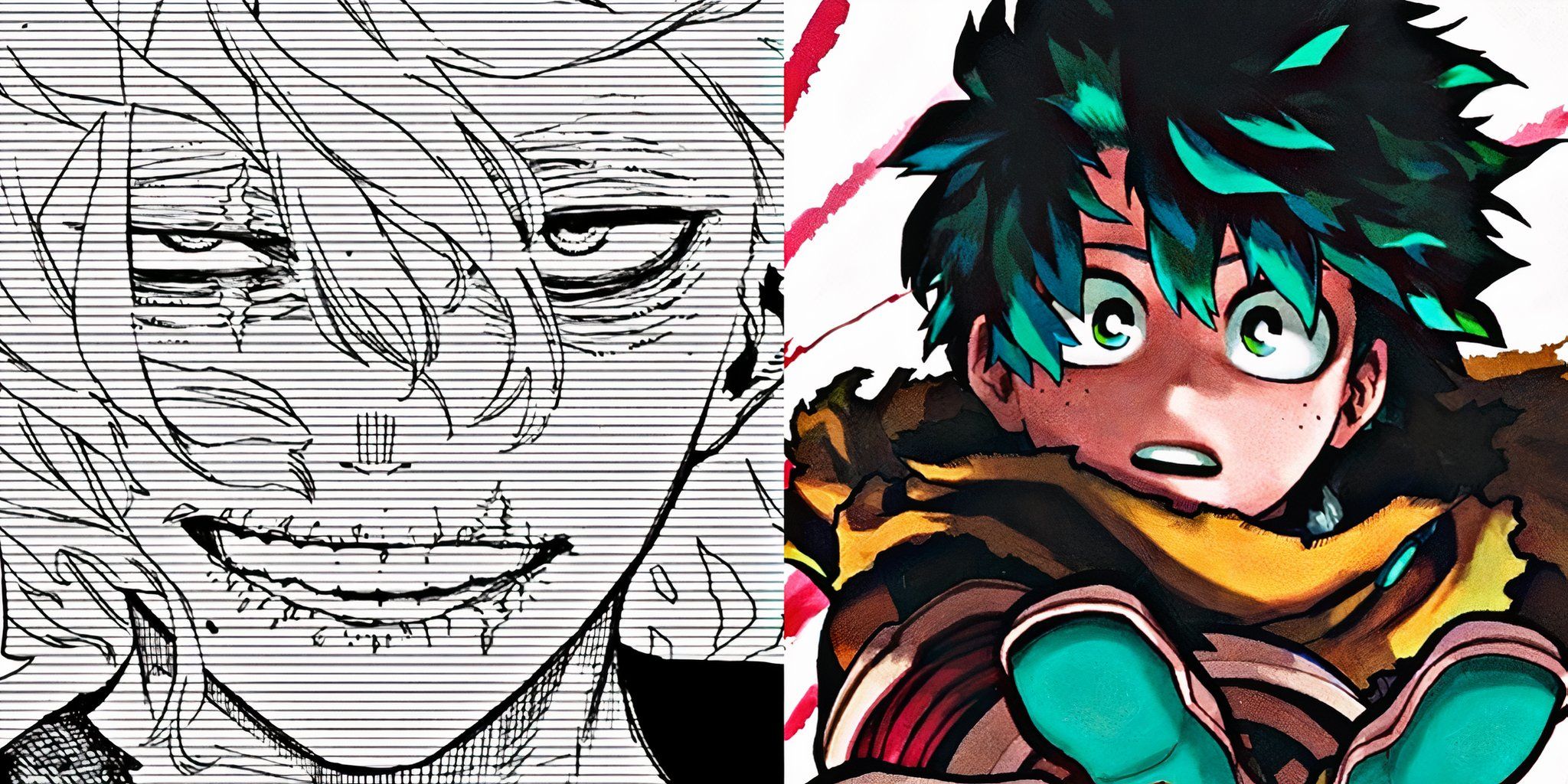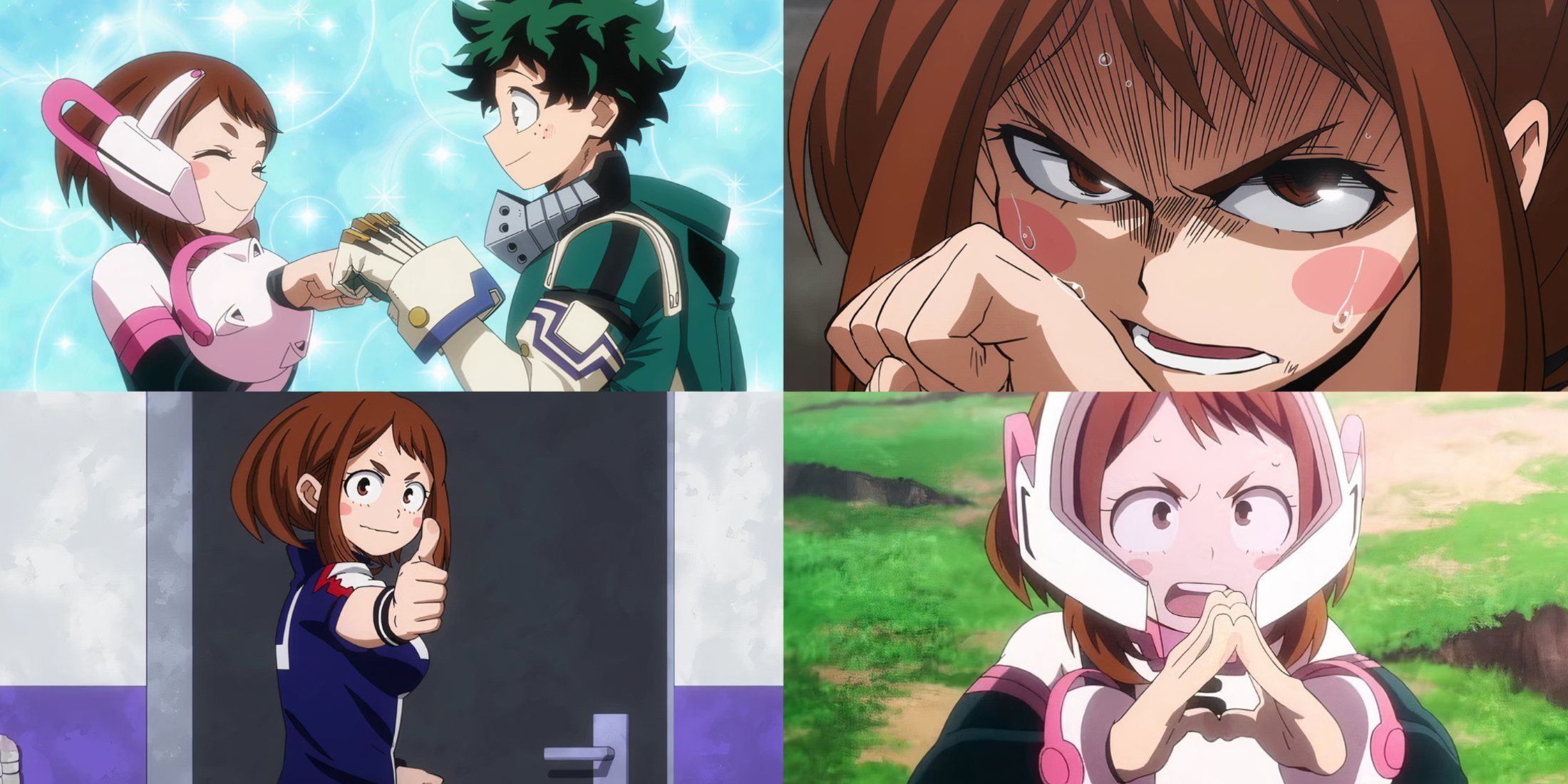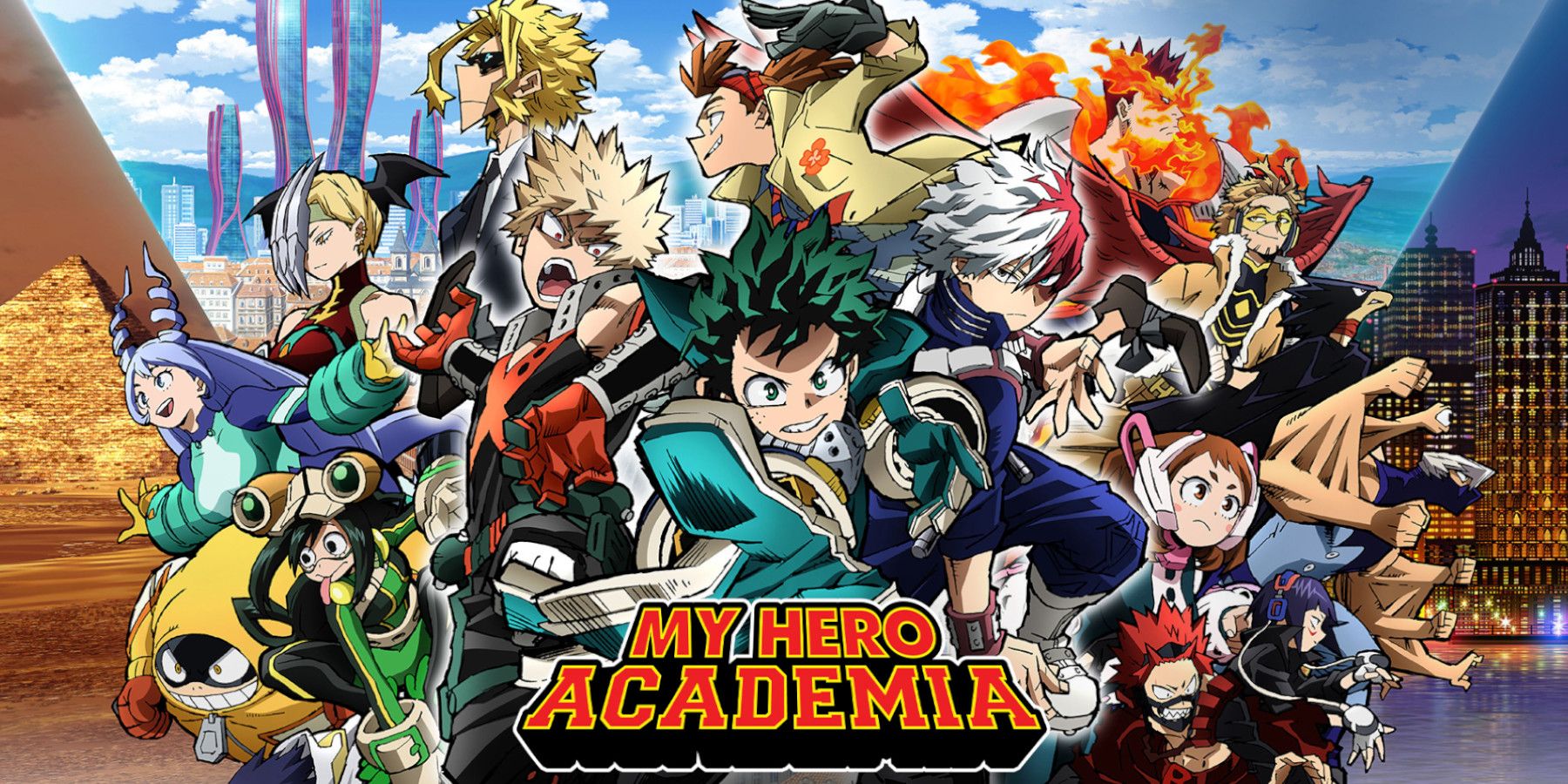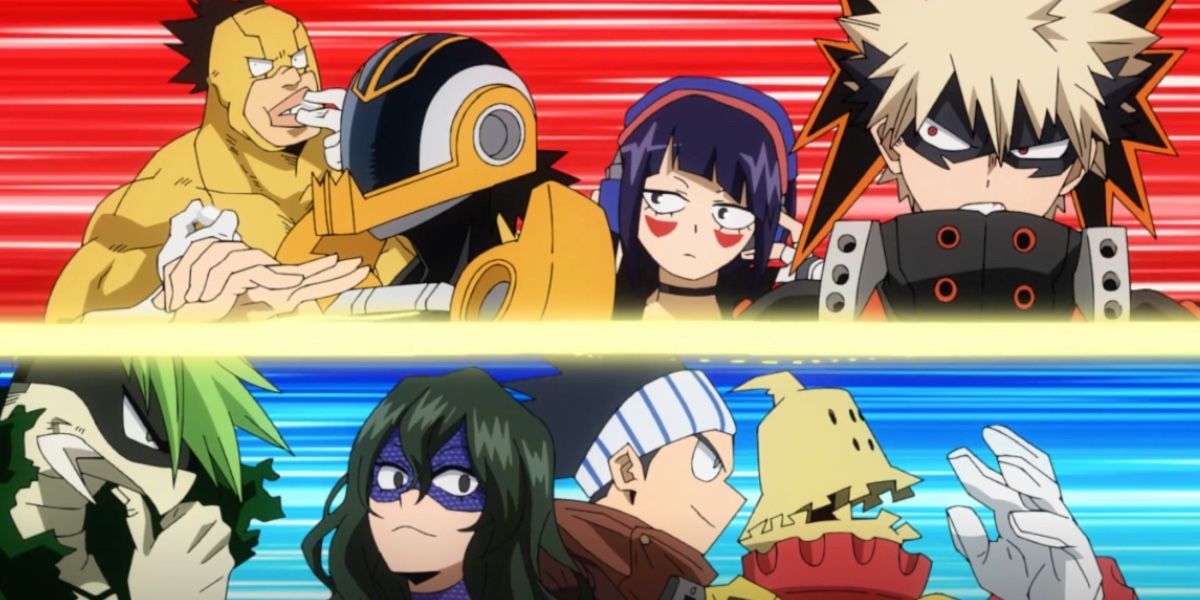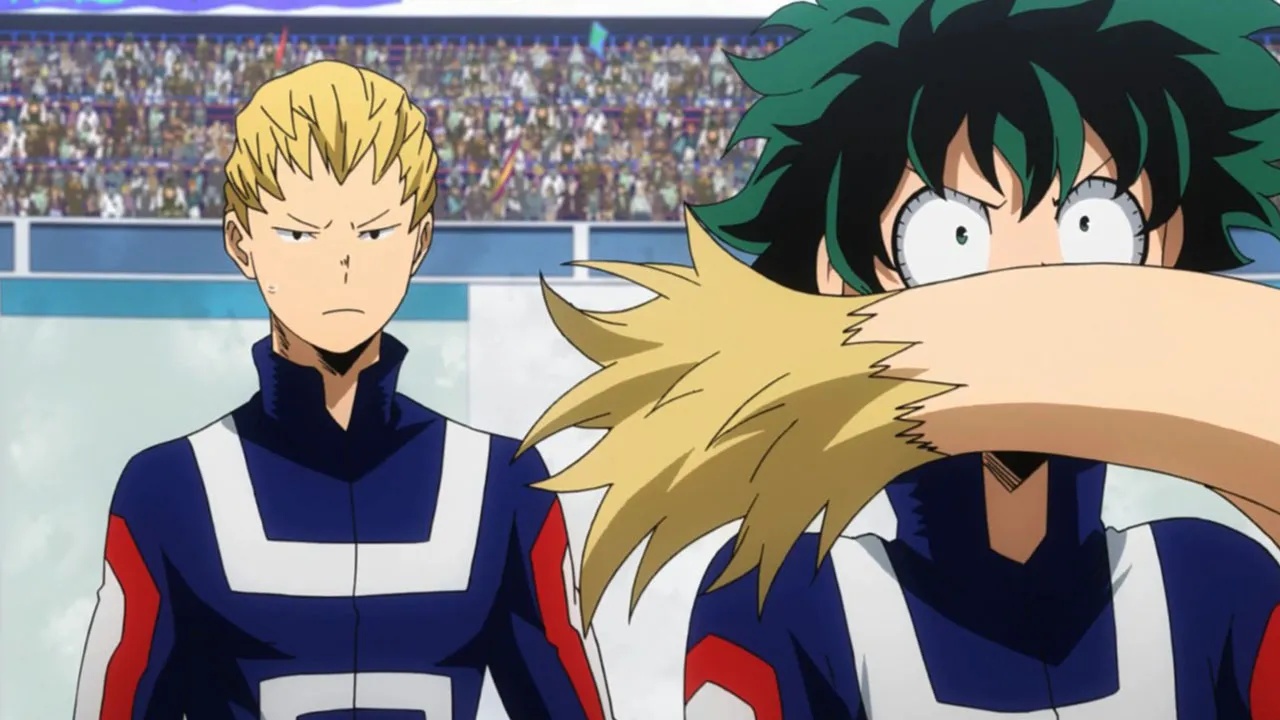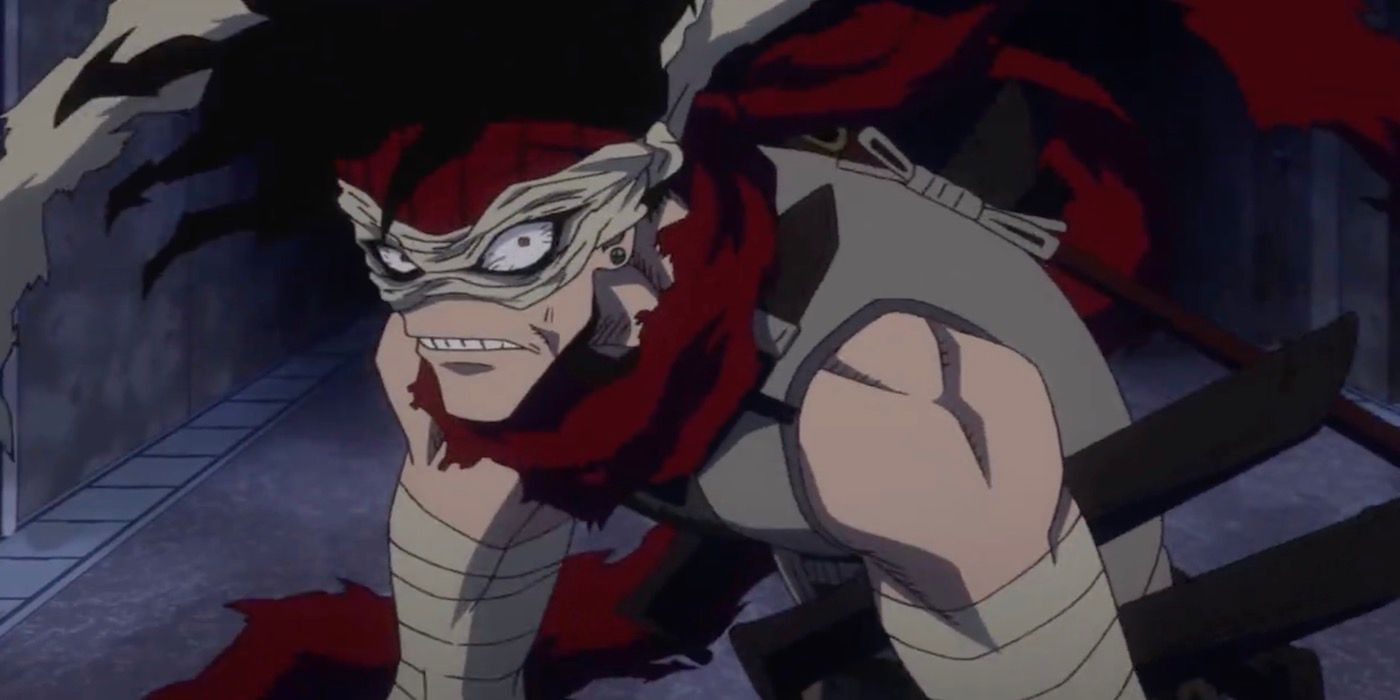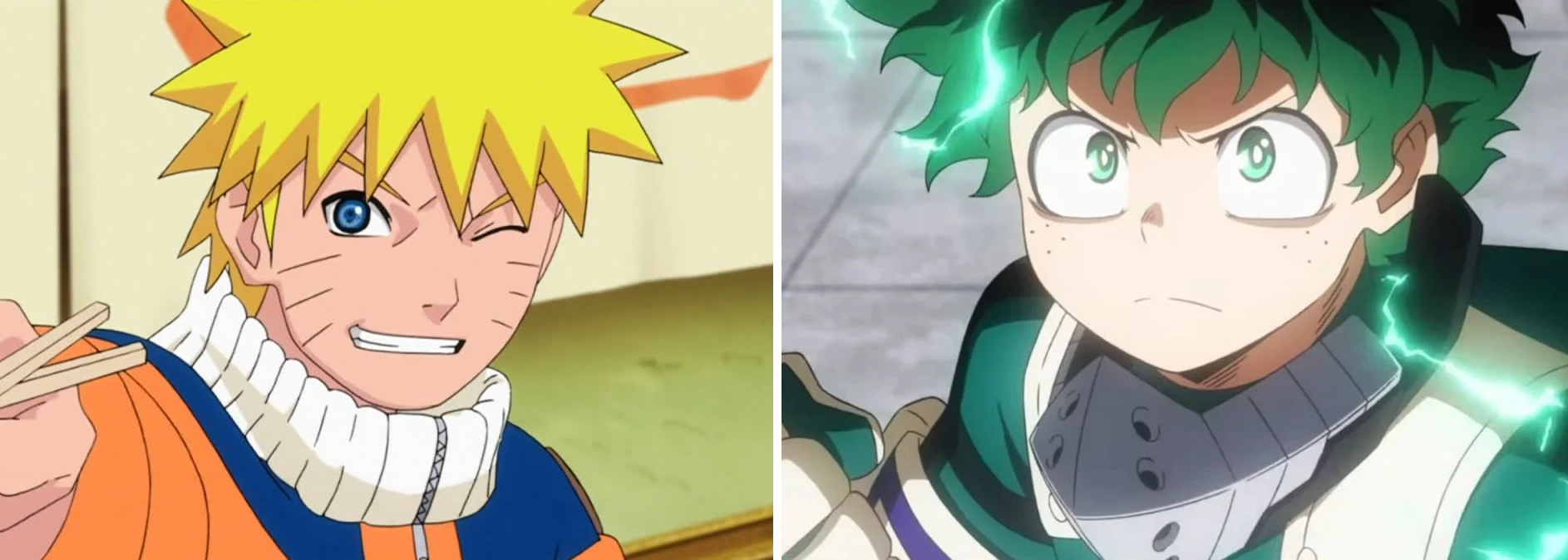My Hero Academia has loads of characters. From civilians to heroes, to villains, it feels like Kohei Horikoshi, the author, and artist of the manga, has put thought into nearly everyone who appears in his universe. If that’s the case, then why do so many characters feel half-baked?
Some characters, such as Deku, get a lot of character development and backstory while others, like Ojiro, don’t get much character development at all. There are also characters such as Uraraka who get character development mainly off-screen. With all this uneven character development, one has to wonder if the series has too many characters to handle.
The Case of Class 1-A and 1-B
Some characters have barely any development or are boiled down to tropes such as Ojiro and Jirou. Jirou, arguably, has more character development than Ojiro as viewers get to see what her home life is like. During the U.A. School Festival Arc, Jirou plays a bigger role than normal. She’s also seen using her quirk in various missions throughout the series.
Ojiro, however, is barely there in comparison. The viewers know his quirk, name, and that his room is fairly plain, but they don’t know much else about him. Manga readers of My Hero Academia have the option of reading character pages, but anime-only viewers don't have this option. Granted, there are character cards in the anime episodes, but they don't have as much information as their manga counterparts.
Unfortunately, this lack of TLC is the case for many characters that feel like they are supposed to be main characters. After all, Class 1-A is supposed to be the best students in the hero course, right? Viewers are introduced to the entirety of Class 1-A as if they are all important characters, yet half of them are forgettable because of their lack of screen time.
Certain characters from Class 1-B, such as Monoma and Shinsou, feel more developed than characters in Class 1-A, such as Rikido Sato and Koji Koda. Shinsou gets a bit of backstory and Monoma has a glimpse of character development in season 5 during the iconic Joint Training Arc, where Deku discovers Blackwhip. Prior to this, Monoma is a one-note, trope character who is only there to be a fun antagonist to class 1-A. He is essentially comedy relief and not much else. Shinsou was somewhat relevant in the season 2 U.A. Sports Festival Arc, but fell out of relevancy until season 5 where it was revealed he would be admitted to the hero course. Even so, these two characters somehow have more development than certain characters in Class 1-A.
The Pros and Cons
Despite half of Class 1-A being underdeveloped, they are considered the “main characters.” Several of them tend to have the spotlight more than others - namely Deku, Bakugo, and Todoroki - while the rest are brushed off to the side until they are needed to further the story. A story can successfully have many main characters. A good example of this would be Durarara!!, which follows the stories of nearly every character in the series. The difference between My Hero Academia and Durarara!! is that My Hero Academia is trying to solely focus on Deku. This isn’t a bad thing. A good deal of anime tends to focus on only a few characters.
That being said, what is the point of having so many characters if Horikoshi won’t develop them? One of the cons to having this many characters is that it’s hard to develop them all without dragging out the story. Another con is that fans might not get to see their favorite character developed. While he’s not a popular character, there are still fans out there who would love to see more character development from Ojiro or even Koda.
On the other hand, having a lot of characters in a series can be good because it shows world building. It gives the author an opportunity to show the different facets of society in their world. For example, Deku thinks heroes are amazing and works hard to be one, but Kota Izumi from the Forest Training Arc hates heroes because they let him down in life. Another character with a different and fairly important viewpoint is Stain, who thinks most heroes aren't really heroes. Similarly, Shigaraki Tomura has no faith in most heroes.
With so many characters, it’s easy to have varying personalities that won’t seem out of place. This also makes an anime seem more realistic. People in real life won’t agree on everything but can still be on the same "side." Similar to My Hero Academia, people also don’t know everyone’s backstory that they come across. This is both a pro and a con for My Hero Academia because it makes the story more realistic, but potentially more disappointing for some viewers.
Another pro to having this many characters in an anime is that the viewers are more likely to connect with a character. If the series had fewer characters, then less people would be likely to connect with the "main" characters. For example, there are many fans who don’t connect with Deku despite him being such a lovable nerd. Some people might connect better with a character like Kirishima or even Mineta. Horikoshi himself has even stated that he sees a bit of himself in Mineta. This gives the anime a potentially bigger audience as well, so it also makes sense from a marketing standpoint.
Compared to Similar Anime
Another anime that has a lot of characters who feel developed is Naruto. The main difference between Naruto and My Hero Academia, currently, is the length. Naruto is incredibly similar to My Hero Academia in the sense that they both focus on the main character who is trying to become number one in their respective worlds. Naruto has a lot of room in its series where it can develop characters, sometimes having whole arcs that focus on a specific character.
While My Hero Academia has arcs for characters that further their development, it can’t do that for all the characters or even half of them. For example, Aizawa has some character development and the viewers get to see more of him during the Paranormal Liberation War Arc. Specifically, in episode 107, there is a short scene with Kurogiri in Tartarus that reveals he is the old classmate of Aizawa and Present Mic. However, this is so brief that some viewers actually forgot about such an integral part to Aizawa’s character. His friend’s apparent death was partly what caused Aizawa to become a teacher in the first place, yet the scene is easy to forget. This is one of the main downsides to having so many characters.
The fact that Horikoshi has thought of so many quirks and characters, to begin with, is phenomenal in itself. The reason so many characters feel half-baked is because just isn’t enough room for all of them to be developed in My Hero Academia's story. It does make a story feel more realistic, yes, but the current length of the story and the focus inhibits certain characters from getting development. With all this being said, My Hero Academia isn’t quite over. The manga is still ongoing, and there will inevitably be more character development as the anime goes on.

